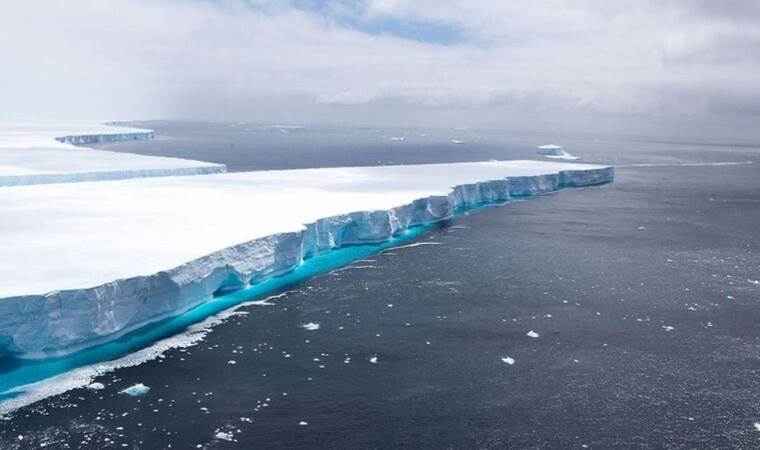World's biggest iceberg sets sail after 30 years stationary in Antarctica
The world's largest iceberg, known as A23a, has begun to drift away from the Antarctic coast for the first time in 30 years.

First separating from Antarctica in 1986, the massive ice block, spanning 1,500 square miles, recently became unmoored from the ocean floor in the Weddell Sea. Now moving at speed, it's better described as an ice island, given its vast size.
With a depth of approximately 400 meters, A23a exceeds the heights of notable London skyscrapers. Propelled by strong winds and currents, it's now passing the northern tip of the Antarctic Peninsula, possibly heading towards British waters.

Dr. Andrew Fleming from the British Antarctic Survey notes that the iceberg's movement, first detected in 2020, is a natural progression. Its journey is expected to lead it to the Antarctic Circumpolar Current and then towards 'Iceberg Alley,' a path from the coast of Labrador to Newfoundland's southeast coast.
There's potential for A23a to impact the British Overseas territory of South Georgia Island. This could disrupt wildlife, particularly affecting the foraging routes of local species. However, it's not solely negative. Dr. Catherine Walker from the Woods Hole Oceanographic Institution points out that melting icebergs release mineral dust, nourishing oceanic food chains. Walker, who shares her birth year with A23a's formation, feels a personal connection to the iceberg.
